‘A Letter to Humanity:’ Students’ Video Project Raise Awareness and Funds for Yemen
Senior Angela Kim edited the video, spending approximately ten hours per one minute of footage to piece together the elements, which are all depicted in this video timeline. Her inspiration was Vox, which explains why “The World’s Largest Humanitarian Crisis Explained | A Letter to Humanity: Save Yemen” features many handmade graphics and news images.
October 5, 2020
When the television turns on, people become inundated with current news, whether it be politics or the COVID-19 pandemic. Yet, all too often, certain events fall through the cracks; the humanitarian crisis in Yemen, which is characterized by civil war, famine and a cholera epidemic, is an example.
Determined to change that situation, alumnus Jason Lee and seniors Angela Kim and Grace Wen created an informational video over the summer about the Yemen crisis, in which they discussed the causes of it, explained the current situation and listed organizations to donate to.
Yemen is a humanitarian crisis that is being overshadowed, and resources are being depleted every day, and donations aren’t coming in as much as we would hope they would.
— Angela Kim
“Yemen is a humanitarian crisis that is being overshadowed, and resources are being depleted every day, and donations aren’t coming in as much as we would hope they would,” Lee said. “By learning about Yemen, we hope that people are more knowledgeable about managing crises that don’t necessarily affect them on a personal level, but also we hope that they are more active in general towards their media.”
Having worked together on National History Day (NHD), the trio had experience in research and cinematography, and since concise videos often pique viewers’ interests, they realized that a documentary would be the best form of education.
The video, titled “The World’s Largest Humanitarian Crisis Explained | A Letter to Humanity: Save Yemen,” took approximately two months to complete, with a large portion of that time being dedicated to collecting research from unbiased non-governmental organizations and editing the video to include voiceovers and motion graphics.
To make their video accessible, the trio also recruited a team of caption writers who translated the video into multiple languages, including Arabic, Chinese and French.
On July 28, the team uploaded the final documentary to YouTube and publicized it through Instagram; across both platforms, the video currently has over 2,300 views.
Some teachers, like social studies teacher Natasha Schottland, have stated that they will include the video within their curricula.
“It made me proud that people were actually paying attention to this issue,” Kim said. “I think it’s something that any human being should really care about. The whole purpose of creating our ‘Letters to Humanity’ video was just out of humanity. It’s so cheesy, but that’s the core of what we wanted to do. It’s really important to build empathy for others. We really lack that these days.”
Although Lee, Kim and Wen consolidated all of their information into this video, they said they still believe that viewers should continue to be skeptical and conduct their own research.
“I hope that… people will be inspired to, yes, take action, but take action with the idea of perspectives in mind; not being over-zealous in how you spread information is important,” Wen said. “Being able to look at things from not just an emotional standpoint, but also a factual standpoint, I think, is important. And just being more aware of the global community and the tragedies that are going on in our world today that are hidden or are overlooked by a lot of media sources.”



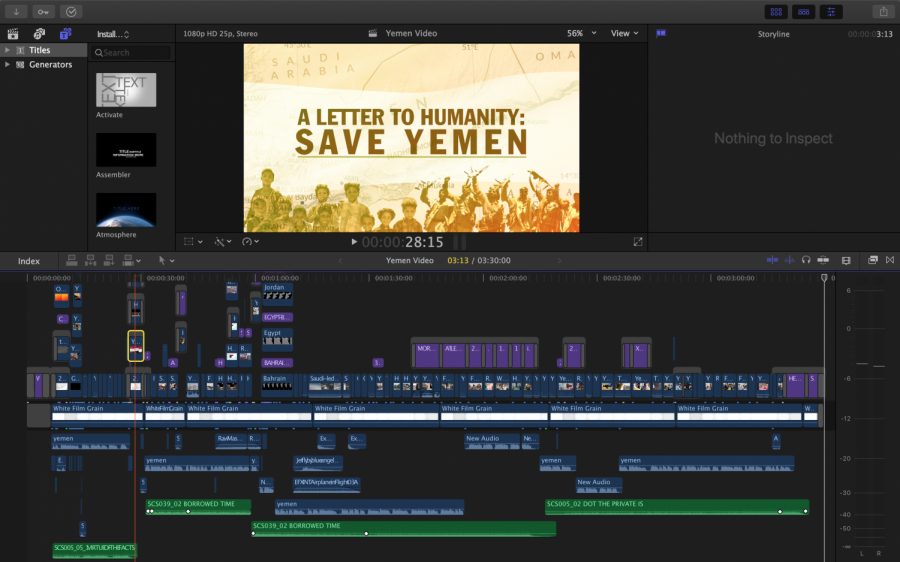
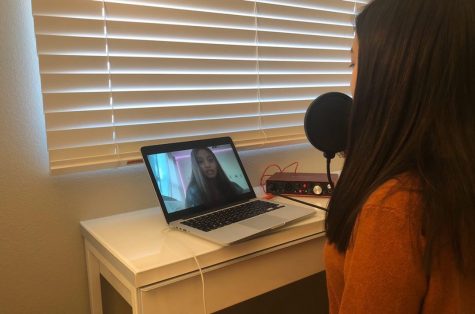
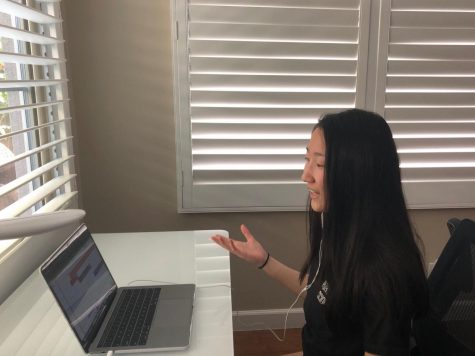
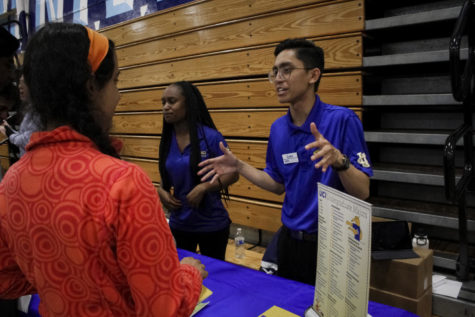

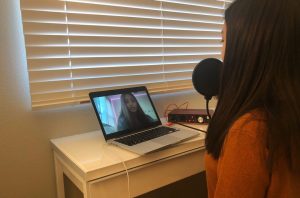
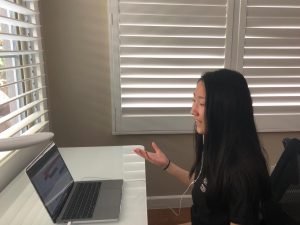
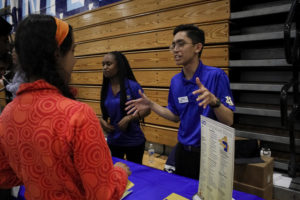

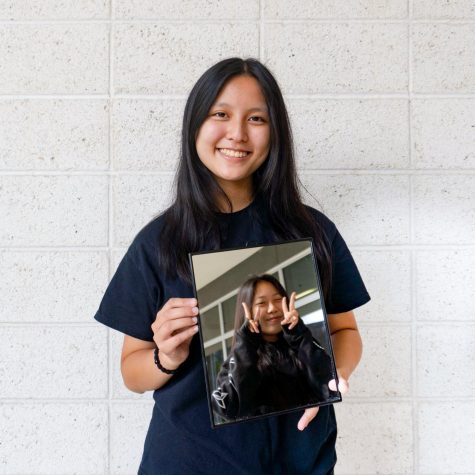
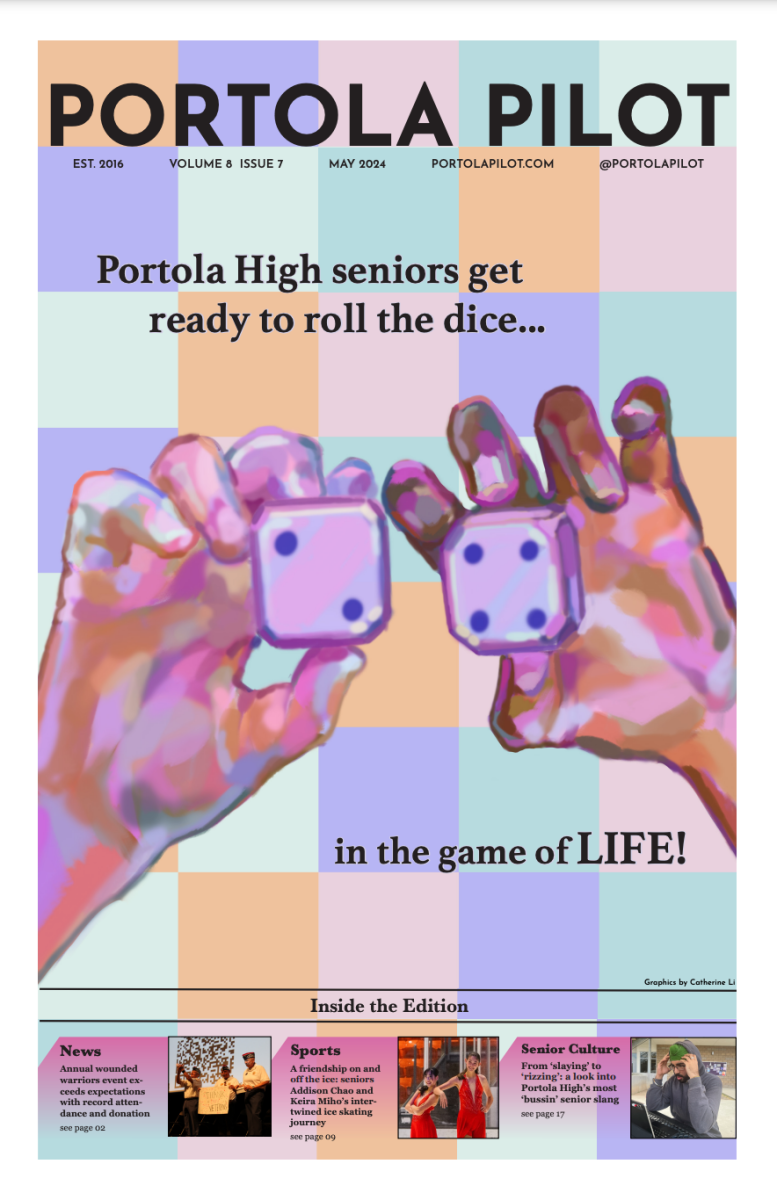

![Mares demonstrates his lettering while patrolling the campus. “[Calligraphy] wasn’t like baseball or football,” Mares said. “I just liked it. It’s kind of just one of those things that you can relax with.”](https://portolapilot.com/wp-content/uploads/2024/06/George-Caligraphy-600x450.jpg)
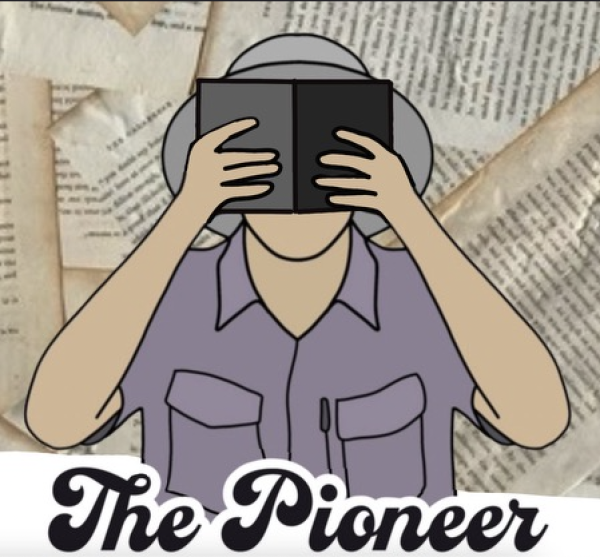



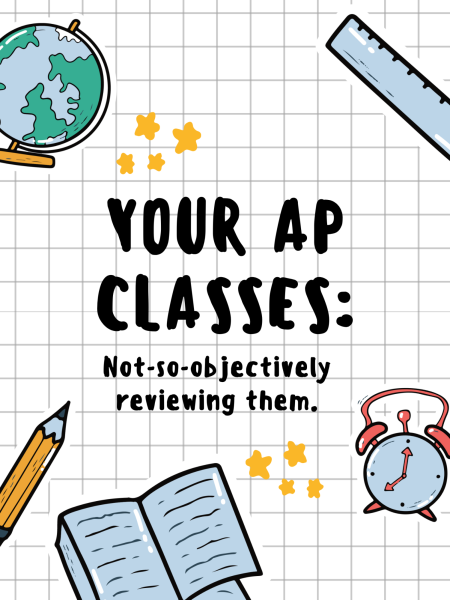
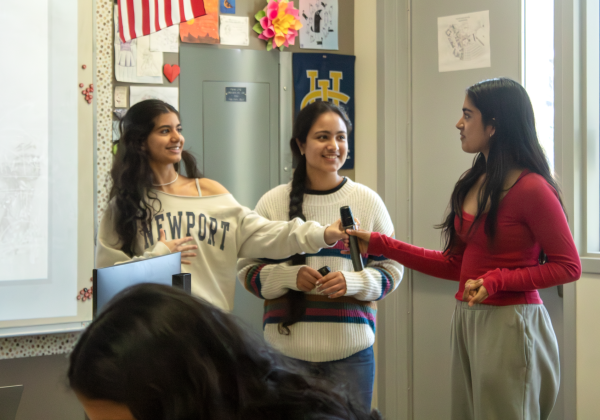
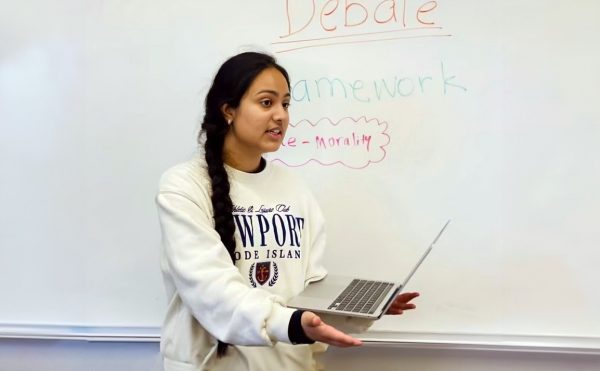
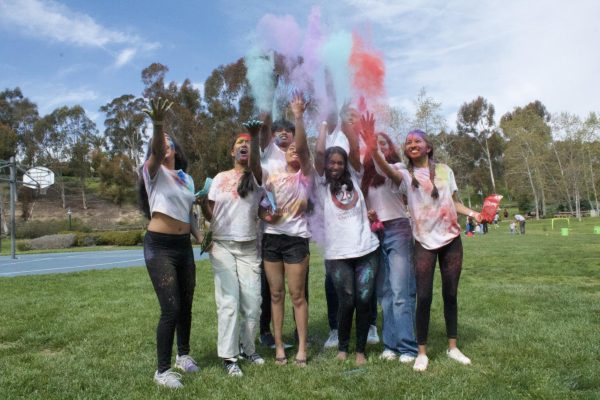

Ryne Dunman | Oct 5, 2020 at 1:48 pm
Wow! Just watched Angela’s video, and it was very moving! Fantastic feature article! 🙂